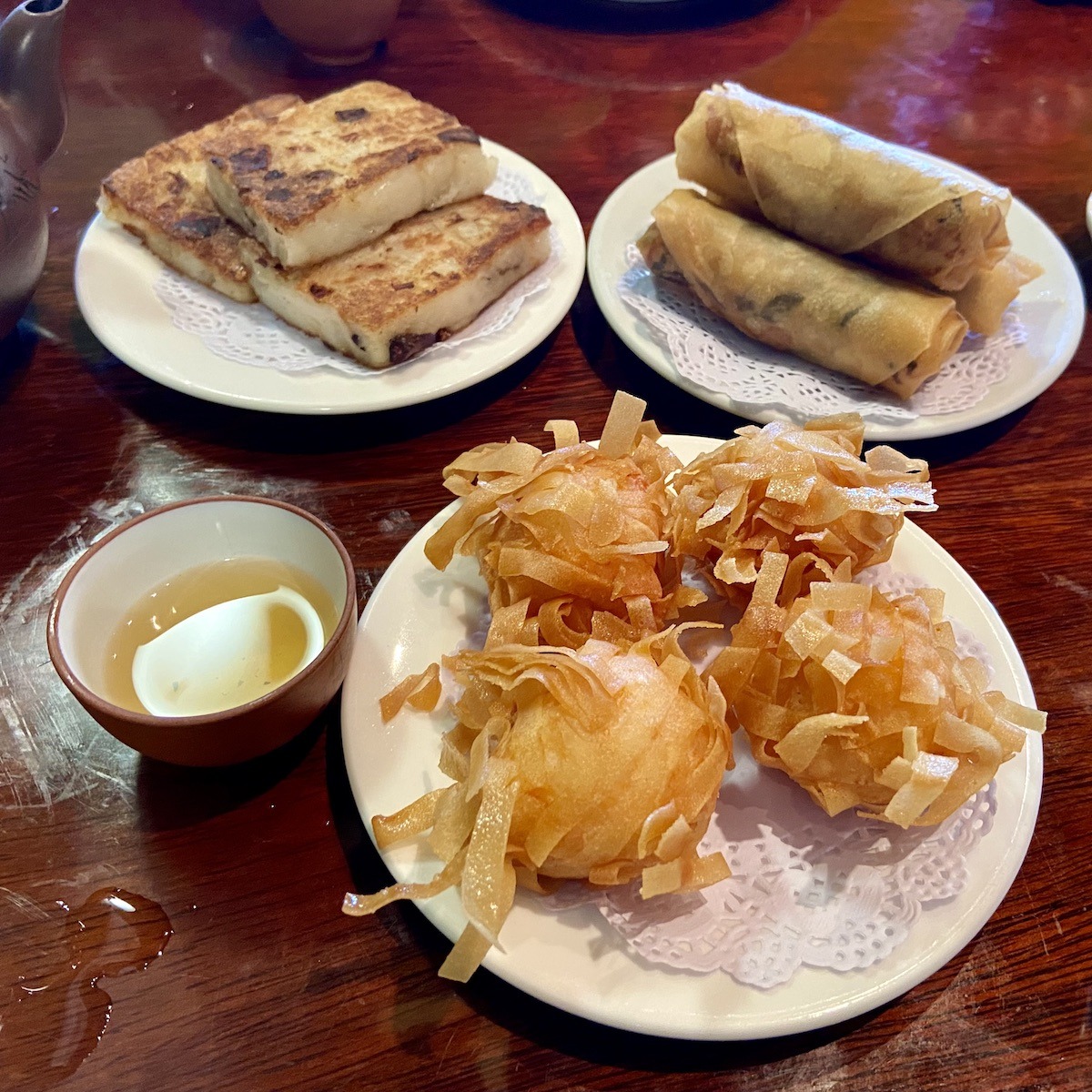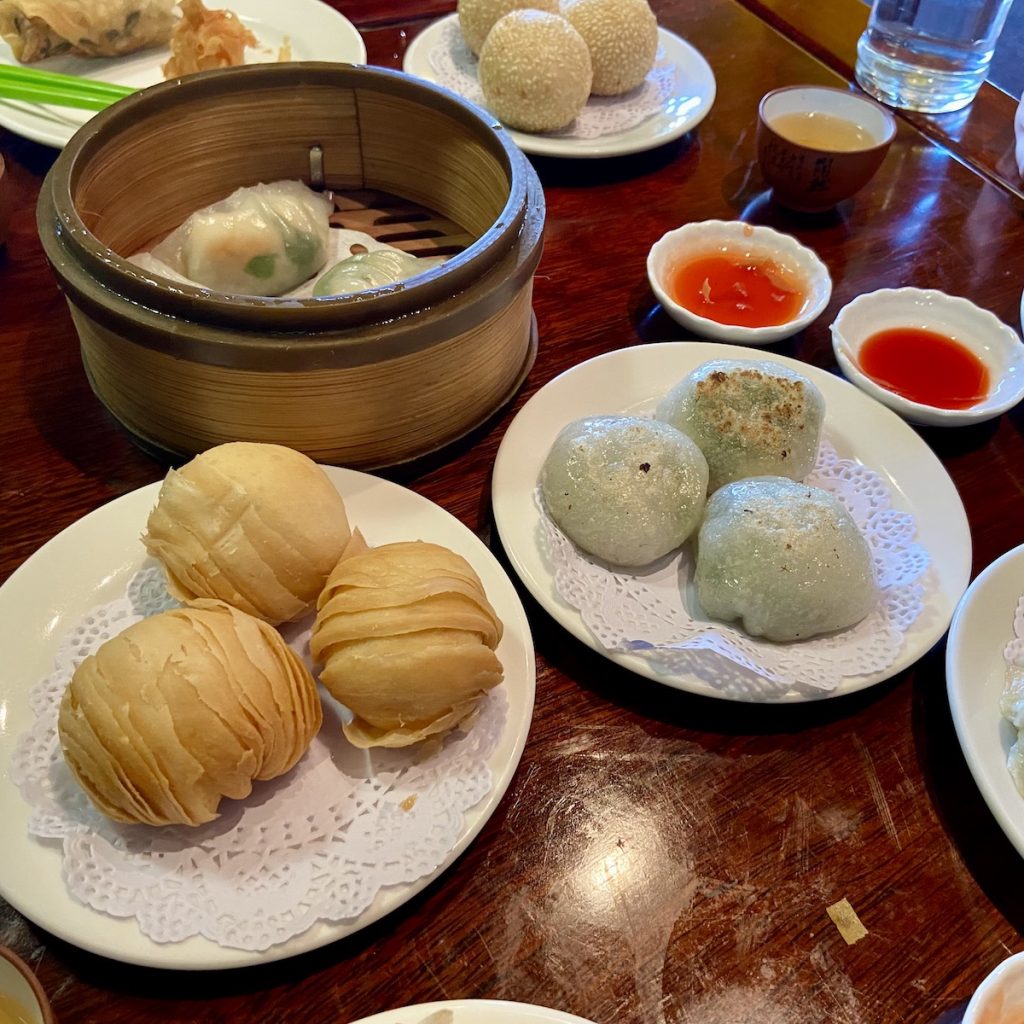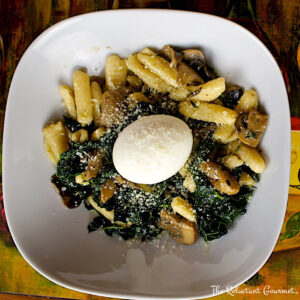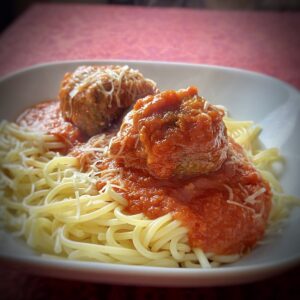What is Dim Sum?
Dim Sum is a traditional Chinese culinary experience that brings friends and family together to savor small, flavorful portions that showcase the richness of Chinese cuisine. Chefs serve these dishes steamed, fried, or baked, offering a seemingly endless variety of dumplings, buns, and pastries, each packed with unique flavors.
Originating in Guangdong province, Dim Sum became a beloved breakfast or brunch tradition before spreading worldwide. Today, diners enjoy Dim Sum in countless restaurants and homes, drawn to its artistry and communal spirit.
Skillful chefs meticulously craft each Dim Sum item, ensuring every bite bursts with flavor. Delicate shrimp dumplings, savory pork buns, and other small dishes highlight the artistry of Chinese cooking. Sharing Dim Sum has deep roots in Chinese history, symbolizing social connection and collective enjoyment.
Dim Sum delights food lovers of all ages, whether as a quick snack or part of a leisurely meal. Its popularity continues to grow, and diners worldwide cherish the experience of sampling these small yet satisfying dishes.
Origination
It originated in southern China’s Cantonese-speaking region and consists of small, bite-sized portions served in steamer baskets or on small plates. Traditionally eaten for breakfast or lunch, Dim Sum has grown in worldwide popularity and is celebrated for its rich variety of flavors and textures.
The phrase “Dim Sum” comes from Cantonese, meaning “to touch the heart,” reflecting its light, enjoyable nature meant to be shared with loved ones. In China, tea houses often serve it, creating a relaxed atmosphere for people to connect while enjoying a medley of dishes.
How is Dim Sum served?
Servers present Dim Sum in small plates or stacked steamer baskets, delivering them directly to the table. Diners typically share the dishes, ordering several at once to sample a variety of flavors. Popular items include steamed dumplings, rice noodle rolls, and fluffy steamed buns.
Restaurants often enhance the experience by letting diners select dishes from a cart, where servers describe options and make recommendations. This interactive service encourages sampling a wide range of dishes, ensuring a memorable meal.
Popular Dishes
Among the most iconic Dim Sum items is Siu Mai, a steamed dumpling filled with ground pork, shrimp, and vegetables, often garnished with a small piece of carrot or pea. Served hot, Siu Mai offers a satisfying combination of savory flavors and textures.
Another favorite is Cheong Fun, or rice noodle rolls. Thin sheets of steamed rice noodles, rolled with shrimp or beef fillings, pair perfectly with sweet soy sauce and sesame seeds. The noodle’s soft, chewy texture contrasts beautifully with the savory filling, making it a standout dish.
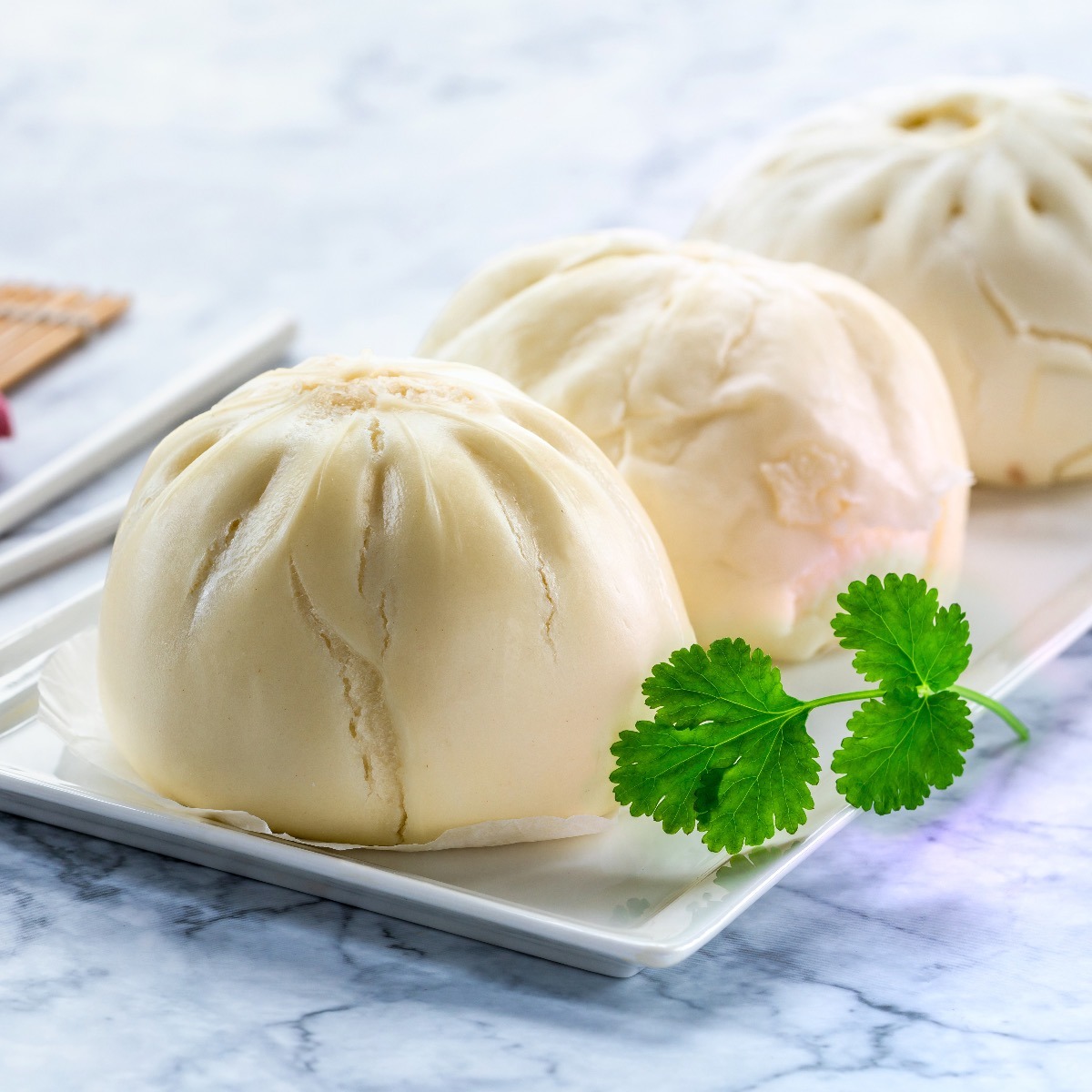
Steamed buns, a staple of Dim Sum cuisine, showcase soft, fluffy exteriors filled with savory ingredients like pork or barbecue pork. One of the most popular varieties, baozi, features a filling of meat, vegetables, or sweet bean paste. Chefs steam these buns to achieve a light, airy texture, while the juicy, flavorful fillings provide a satisfying contrast.
Beyond steamed buns, Dim Sum spreads often include small dishes like fried and steamed dumplings, sticky rice wrapped in lotus leaves, and crispy turnip cakes. Some restaurants expand their offerings to include unique options such as chicken feet or tripe, which attract adventurous diners.
The Role of Tea
Tea is critical in the Dim Sum experience, complementing the dishes while promoting digestion and refreshing the palate. Traditional tea houses serve it with yam cha, tea brewed from roasted and steeped leaves.
The Cantonese term “yum cha,” meaning “drink tea,” reflects the cultural importance of tea in southern China, where Dim Sum originated. Servers or hosts often pour tea as a gesture of hospitality, enhancing the communal dining experience. Diners typically enjoy several types of tea, chosen to pair well with the flavors of Dim Sum.
Brewing Yum Cha
Brewing tea for yum cha requires careful preparation to highlight its delicate flavors. Follow these steps for the perfect pot:
- Preheat the Teapot or Gaiwan: Add hot water to the vessel, let it sit for a minute or two, and then discard the water.
- Add Tea Leaves: Use 2–3 grams of leaves for every 8 ounces (240 ml) of water, adjusting for personal taste.
- Pour Hot Water: Match the water temperature to the tea type. Use cooler water (170–185°F or 75–85°C) for green or white teas and hotter water (195–212°F or 90–100°C) for black or oolong teas.
- Steep the Tea: Allow 1–3 minutes for green or white teas and 3–5 minutes for black or oolong teas.
- Serve: Pour the brewed tea into small teacups.
During yum cha, diners often brew multiple rounds, adding hot water to the same tea leaves. Each round unlocks new flavors and aromas, deepening the tea-drinking experience.
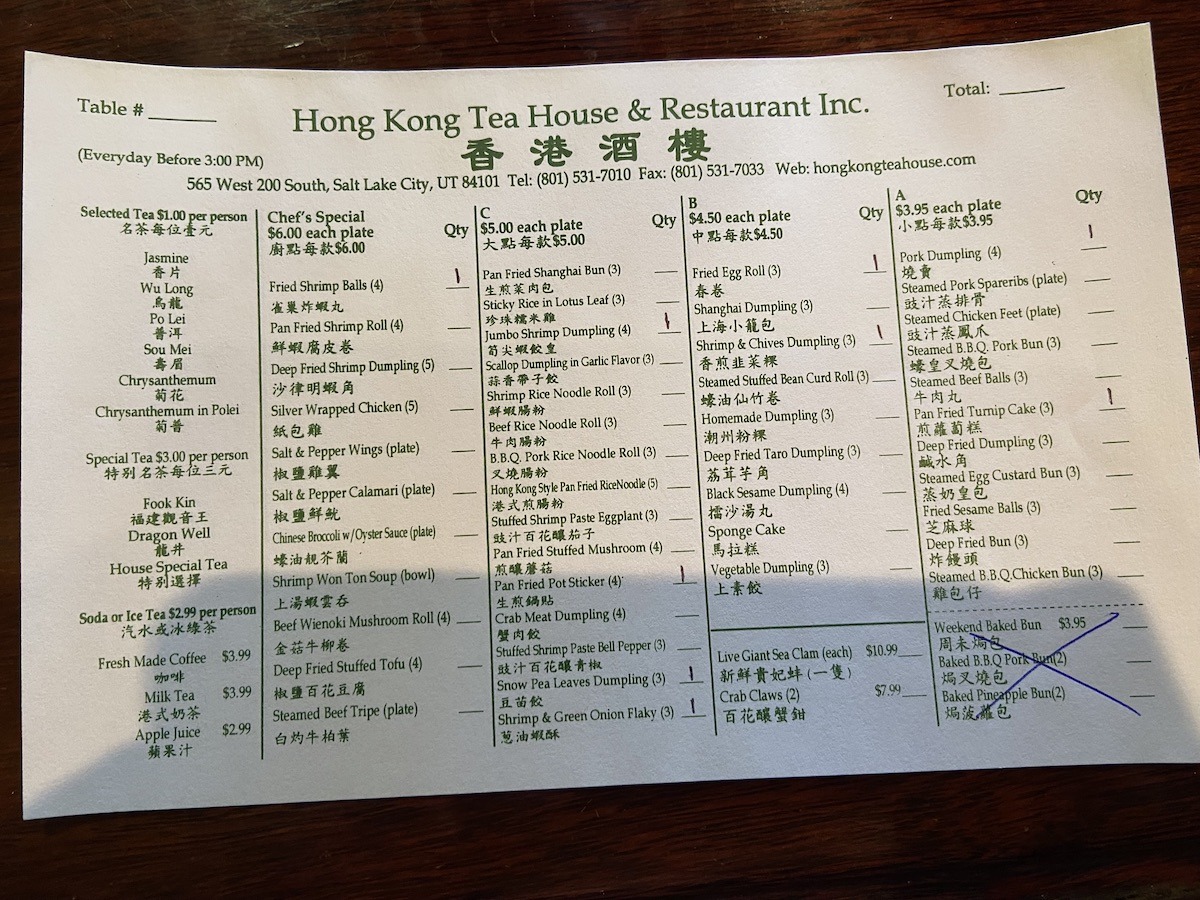
Origins
Dim Sum originated in ancient China, particularly in Guangdong province (Canton), over a thousand years ago during the Tang Dynasty (618–907 AD). Teahouses along the Silk Road began serving small, flavorful dishes to travelers, offering a light snack or meal to accompany tea.
The tradition of pairing tea with small bites evolved into “yum cha” (literally “drink tea”), intertwining tea drinking with the enjoyment of Dim Sum. During the Song Dynasty (960–1279 AD), as tea drinking became more popular, teahouses expanded their offerings to include a variety of bite-sized foods, shaping Dim Sum into its modern form.
In the 19th century, as it spread to Hong Kong, restaurants introduced the now-iconic practice of serving dishes from carts, allowing diners to select from various options. This innovation transformed Dim Sum into the social and communal dining experience loved today.
Now enjoyed worldwide, Dim Sum has grown far beyond its humble beginnings, showcasing a sophisticated array of steamed, fried, and baked dishes.
Flavors
Dim Sum delights diners with a rich variety of savory and sweet flavors. Popular savory dishes include har gow (shrimp dumplings), char siu bao (steamed buns filled with BBQ pork), and cheung fun (rice noodle rolls filled with shrimp or beef). These dishes highlight ingredients like pork, shrimp, chicken, beef, and vegetables.
Sweet Dim Sum offers equally enticing options, such as egg tarts, coconut buns, and sesame balls filled with red bean paste. Typically served at the end of the meal, these desserts provide a perfect conclusion to the Dim Sum experience.
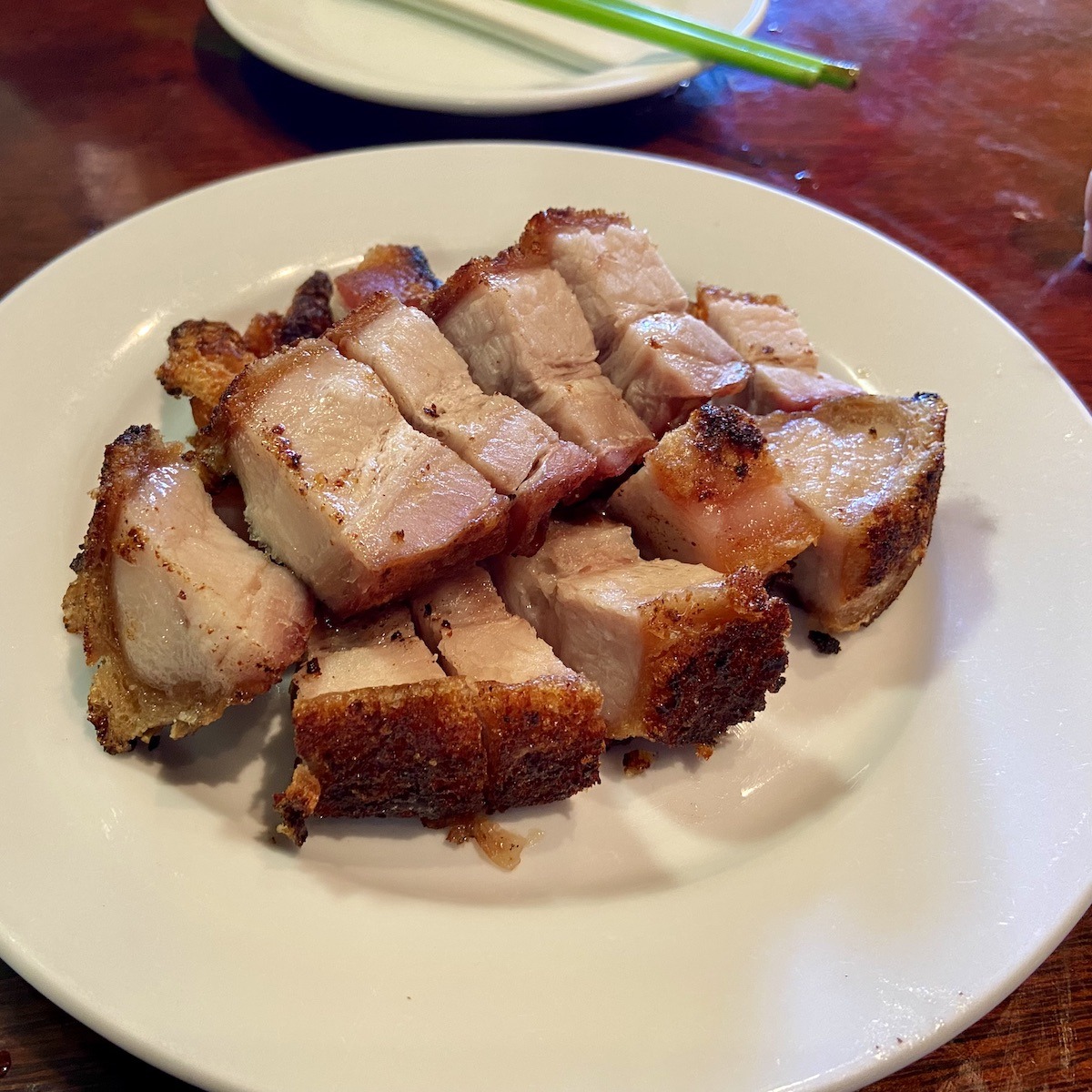
Types
Dim Sum offers a diverse selection of dishes, each with its own unique flavor and preparation method. Here are some of the most popular types:
- Dumplings: Chefs create small dough parcels filled with meats, seafood, or vegetables, then steam, fry, or boil them. Dumplings often pair with flavorful dipping sauces.
- Buns: These soft, steamed buns feature fillings like BBQ pork (char siu bao) or vegetables (vegetable bao).
- Rice Noodle Rolls: Thin sheets of rice noodles, stuffed with meats, seafood, or vegetables, come served with soy sauce or hoisin sauce for added flavor.
- Turnip Cake: Made with shredded turnips, Chinese sausage, and dried shrimp, this savory dish is pan-fried and typically served with soy sauce.
- Congee: This creamy rice porridge arrives with savory toppings such as pork, chicken, or seafood.
- Spring Rolls: Wrapping meats and vegetables in thin pastry sheets, chefs deep-fry these rolls until crispy and serve them with sweet and sour sauce.
- Egg Tarts: These sweet pastries, filled with egg custard, serve as a dessert to complete the Dim Sum experience.
Culture
Dim Sum reflects more than food; it embodies a communal dining experience deeply rooted in Chinese culinary tradition. Diners gather with friends and family to share small dishes, fostering connection and enjoyment.
Traditionally served in the morning or early afternoon, Dim Sum acts as a meal and a social event. Diners often order multiple dishes to share, creating a communal atmosphere where conversation and food flow together.
Chopsticks are the preferred utensil for eating Dim Sum, although diners may use a fork or spoon for certain dishes. These customs enhance the experience, emphasizing the cultural significance of Dim Sum dining.
Why is it usually served on Sundays?
While Dim Sum is available daily, it becomes especially popular on weekends, including Sundays, when families and friends have more leisure time. Many people associate Dim Sum with Sunday brunch because of this tradition, though it’s served in Chinese restaurants worldwide throughout the week.
In areas with significant Chinese populations, restaurants often open early in the morning and operate until mid-afternoon. Weekend meals draw larger crowds, creating a festive atmosphere. Though Sundays might feel like the ideal Dim Sum day, diners can enjoy it any day of the week, appreciating the rich flavors and communal joy it brings.
